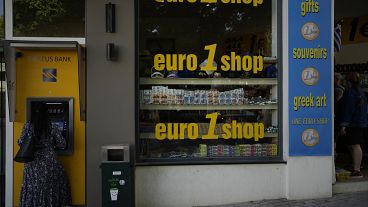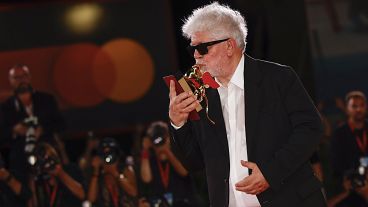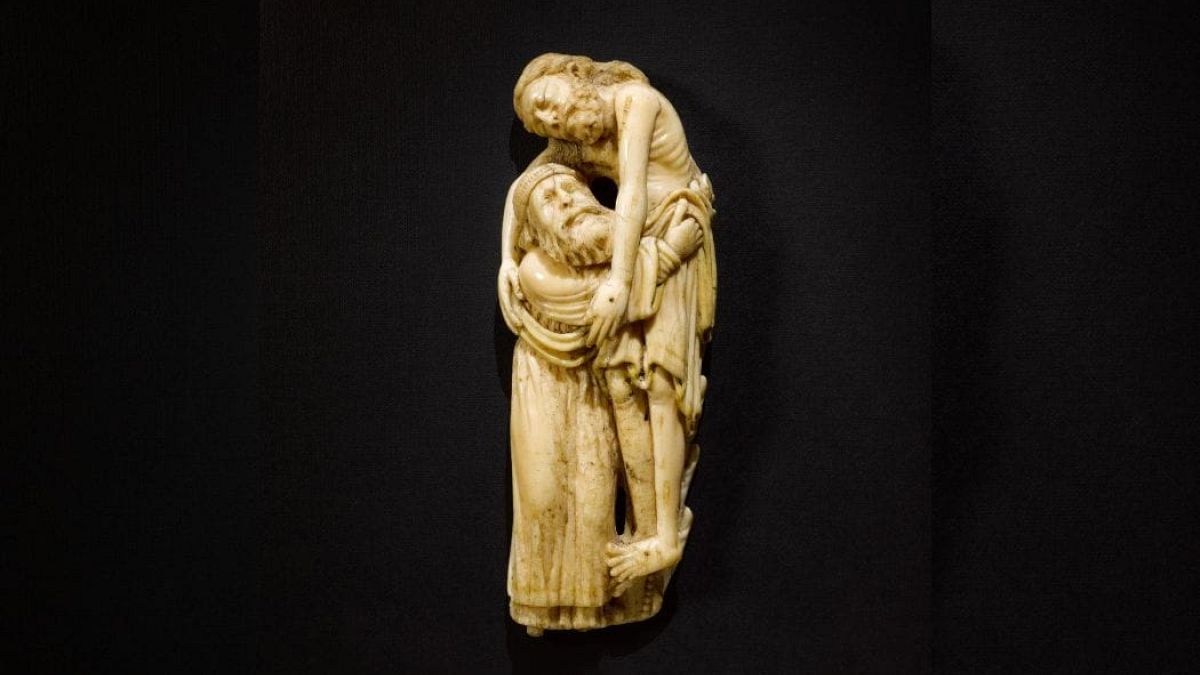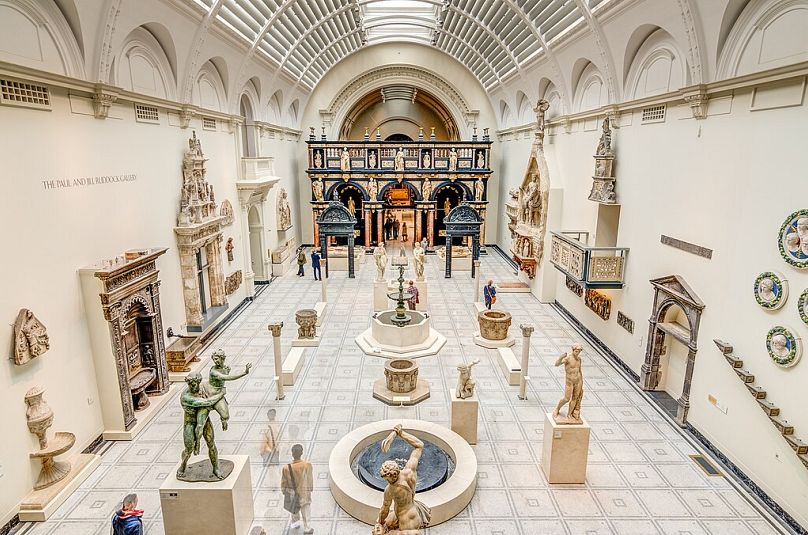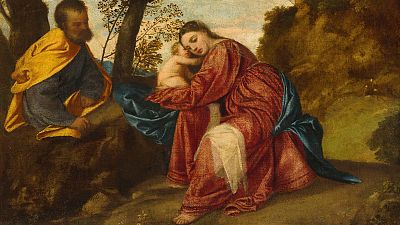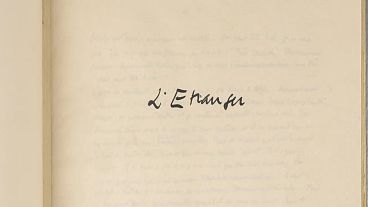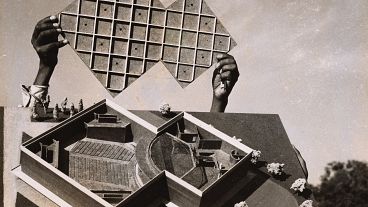The sculpture, which depicts Jesus Christ’s body being lifted from the cross by Joseph of Arimathea, is now set to stay in the UK.
London’s Victoria & Albert Museum, commonly known as the V&A, has raised the £2 million (€2.385 million) needed to acquire a 12th-century walrus ivory formerly bound for the Metropolitan Museum of Art (Met) in New York.
“The intricate carving is heralded as one of the finest and most important examples of English Romanesque ivory carving to survive today,” the V&A said in a press release, adding that the ‘Deposition from the Cross’ sculpture had been saved “for the nation”.
The Met had purchased the sculpture through a private Sotheby’s sale, on the condition that it would be granted an export licence.
Thwarting plans to take the carving to the US, however, the UK’s Department for Culture, Media and Sport imposed a temporary export ban on the piece in November 2023 – affording the V&A time to raise funds.
The money raised includes a £700,000 (€834,000) grant from the National Heritage Memorial Fund, and a grant of £350,000 from Art Fund, as part of national public fundraising appeal that also included support from individuals and other grant-making organisations.
Having previously been on long-term loan to the museum from 1982 to 2022, the sculpture will enter the V&A’s permanent collection and return to public display later this year, going on show with the only known surviving piece believed to be of the same ensemble, a fragmentary ivory carving of Judas at the Last Supper”. Together, both carvings would have likely once been part of a much larger artwork depicting scenes from the Passion of Christ.
The carving is dated to approximately 1190–1200, and was likely to have been made in York in northern England – described in the V&A statement as “one of the UK’s most important medieval centres of artistic patronage, trade and religion”.
“I am thrilled that the V&A has been able to save this elemental object of English art for the nation. In this small, sublime carving is captured a lost story of Christian culture, Romanesque design and medieval craftsmanship,” V&A Director Dr. Tristram Hunt said. “I am hugely grateful to everyone who so generously contributed to secure this wondrous piece for the national collection.”



